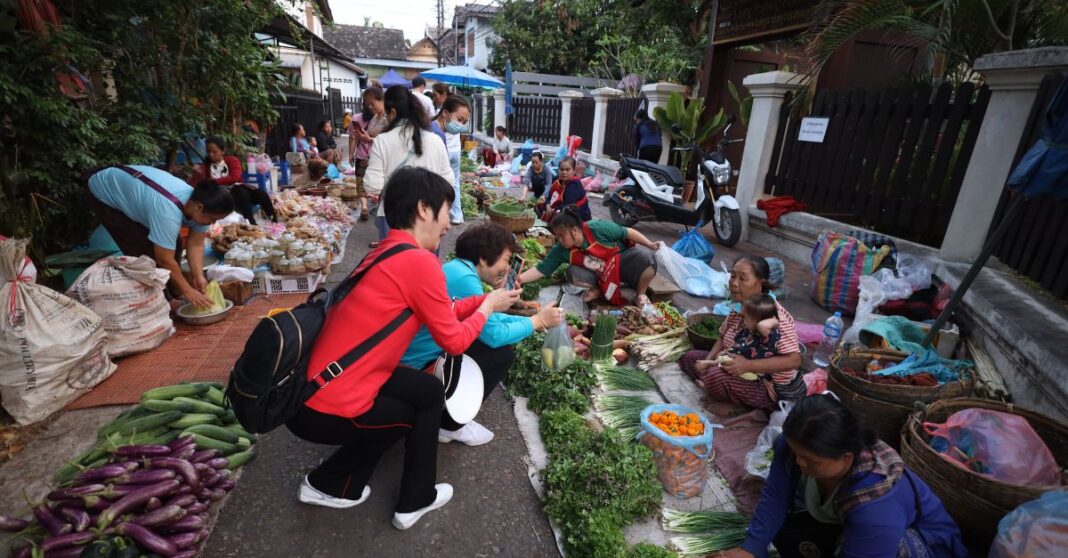Economic activity in Laos is weighed down by structural challenges, macroeconomic instability, and a deteriorating external environment, according to the World Bank’s latest Lao Economic Monitor, Addressing Economic Uncertainty, released on 19 May.
While the Laos-China railway has facilitated travel and trade flows, recovery has been undermined by large external debt, high import prices, and a shortage of foreign currency. These have contributed to a sharp fall in the value of the kip, which lost 32% of its value against the Thai baht and 43% of its value against the US dollar in the year to April. The resulting high inflation is causing real household incomes to fall for many people, in turn weakening consumption and investment.
According to the report, Laos’ GDP grew by 2.7% in 2022, supported by an upturn in tourism and other services. Economic growth is forecast to rise to 3.9% in 2023 and to 4.3% in the medium term as services and exports continue to recover. External demand is expected to buoy manufacturing and agriculture exports, while industry will benefit from investment in special economic zones.
Although tighter monetary policy helped the kip stabilize in early 2023, the currency’s depreciation and rising global prices have led to 40% inflation in the year to April. As a result, by the end of 2022, 64% of Lao families reported lower purchasing power than a year earlier. Despite fiscal consolidation and a tightening of expenditure, domestic revenue is lower than before COVID-19, and with high debt-service obligations, few resources remain to support poor households or to invest in health and education.
“With inflation eroding people’s spending power and investment in human capital falling, many families risk falling into poverty,” said World Bank Laos Country Manager Alex Kremer. “It is vital to increase state revenues, improve the quality of public investments, strengthen bank supervision, bring debt negotiations to a successful conclusion, and make the rules for private investment simpler.”
Low growth and demand in regional economies could also restrain growth in Laos, while inflation in advanced economies that leads to further interest rate increases could renew pressure on the kip. Domestic risks include problems in refinancing external debt, slow progress on structural reforms, and deteriorating bank balance sheets. Labor shortages, as Lao workers seek higher wages abroad, could also undermine recovery prospects in agriculture, manufacturing, and services.
A thematic section in the report examines the impacts of macroeconomic instability on Lao households and finds that low-income families tend to be more vulnerable to inflation, which has affected almost 90 percent of households, due to a lack of financial reserves to deal with higher living costs. A recent World Bank survey shows that more than three-quarters of affected households have reduced food consumption or switched to cheaper foods, while more than half have reduced their spending on education and health care in response to inflation.
To help families cope with macroeconomic instability, the report recommends redesigning fiscal policy to enable targeted support to the poor and vulnerable. Moving away from tax cuts and exemptions to more progressive fiscal interventions like targeted cash transfers would allow the government to protect livelihoods from price shocks at a smaller fiscal cost.
The World Bank publishes the Lao Economic Monitor twice a year.



